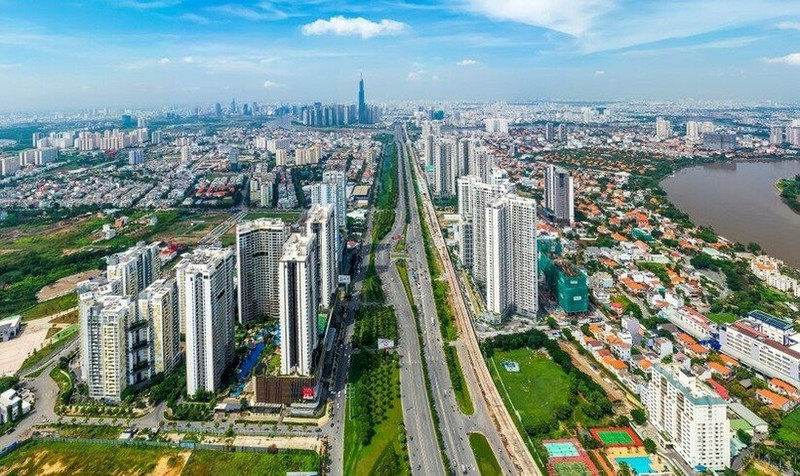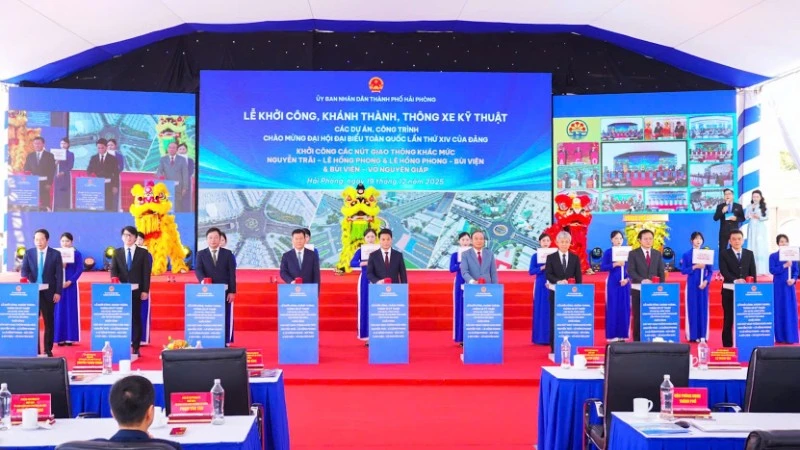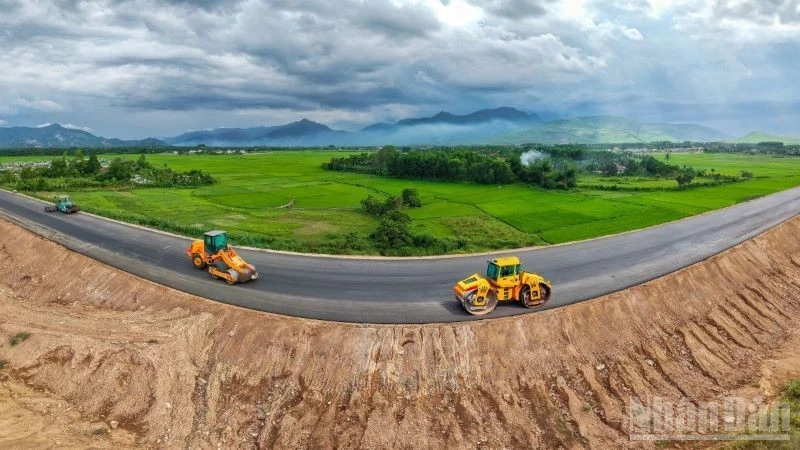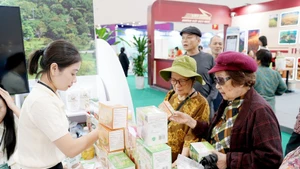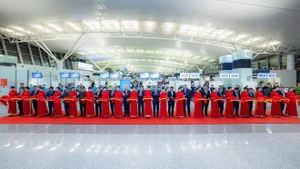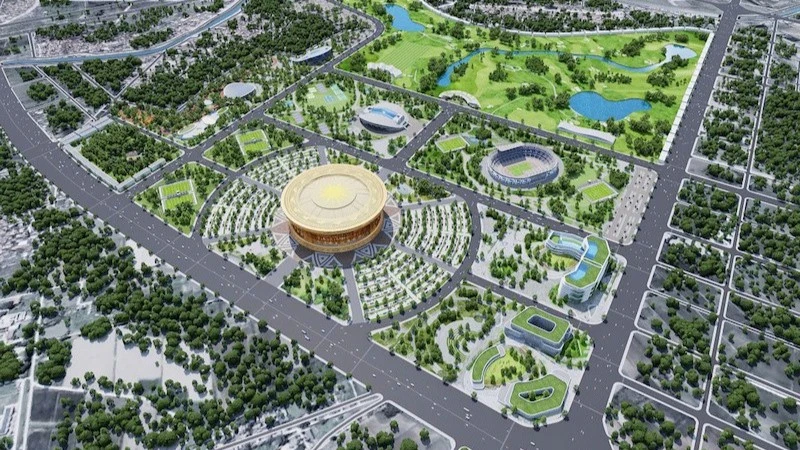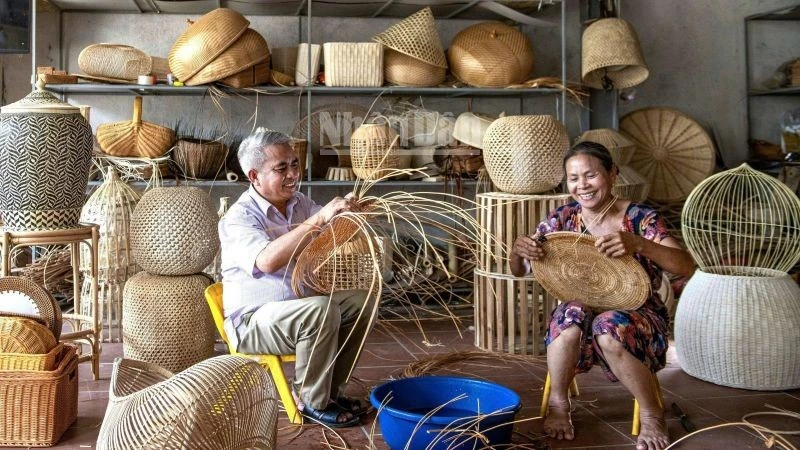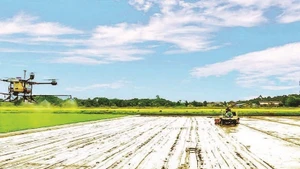The plan aims to establish a new growth model driven by science, technology, innovation, and digital transformation.
By 2030, Viet Nam targets to become a modern industrialised developing country with upper-middle income. The plan envisions an efficient, unified and sustainable spatial development model, in which key regions, economic corridors, and growth poles, centred on Ha Noi and Ho Chi Minh City, lead national socio-economic development and enhance competitiveness. A modern and synchronised infrastructure network will underpin this growth.
The economy is expected to expand by an average of over 8% per year in 2021–2030, with per capita GDP reaching around 8,500 USD by 2030.
The service sector is projected to account for more than 50% of GDP, industry and construction over 40%, and agriculture, forestry and fisheries less than 10%. Labour productivity is set to rise by 7% annually, and total factor productivity will contribute over 55% to growth.
Regional development will focus on two key growth engines in the north and south, linked by major economic corridors such as the North–South axis, Lao Cai–Ha Noi–Hai Phong–Quang Ninh, and Moc Bai–Ho Chi Minh City–Bien Hoa–Vung Tau, supported by modern, connected infrastructure.
Digital infrastructure and data systems will be strongly developed to underpin a nationwide digital transformation and the advancement of e-government, the digital economy and digital society, with the digital economy expected to contribute about 30% of GDP.
Social development targets include maintaining replacement-level fertility, reaching a population of around 105 million by 2030, and achieving a Human Development Index (HDI) of approximately 0.78.
Average life expectancy is projected at 75.5 years, while agricultural labour will account for less than 20% of the workforce.
Viet Nam also aims to build a high-quality education system on par with leading regional standards, with at least eight universities among Asia’s top 200 and one in the world’s top 100 in selected fields.
The cultural environment will be strengthened to preserve national identity and foster creative industries. All provinces are expected to have three key cultural institutions: a cultural or cultural-arts centre, a museum, and a library—reflecting Viet Nam’s commitment to balanced, inclusive and sustainable development.
